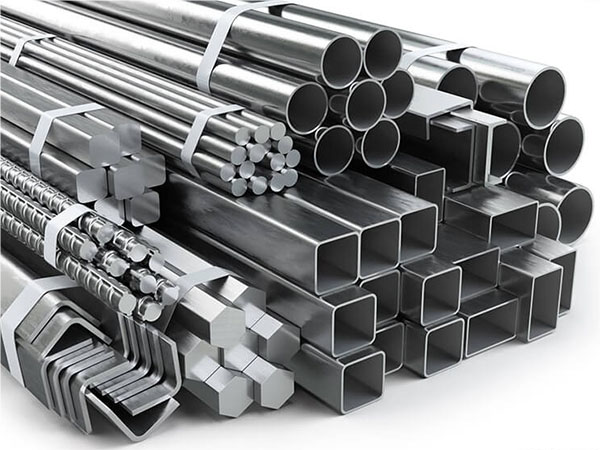Stainless steel is a kind of steel formed on the basis of ordinary carbon steel by adding at least 10.5% chromium and other alloying elements (such as nickel, molybdenum, vanadium, niobium, titanium, etc.). These alloying elements can form a dense chromium oxide protective film on the surface of the steel, thereby preventing oxidation and corrosion, making the stainless steel with excellent corrosion and heat resistance.

Common stainless steel materials can be mainly divided into the following categories, each of which has its own characteristics and application areas:
1. Austenitic stainless steel
Representative brand: 304, 304L, 316, 316L, 310S, etc. Austenitic stainless steel usually has excellent corrosion resistance, good formability and weldability, and is usually non-magnetic (slightly magnetic may appear after cold working). Widely used in chemical equipment, food processing equipment, medical equipment and building decoration and other fields.
2. Ferrite stainless steel
Representative brand: 430, 409, etc. It has good corrosion resistance and resistance to stress corrosion cracking and is usually magnetic, but its strength and toughness are relatively low. It is often used in automotive exhaust systems, household appliances and architectural decoration where corrosion resistance is not required.
3.Martensitic stainless steel
Representative brand: 410, 420, 440C, etc. It has high hardness and strength, can be adjusted by heat treatment, and corrosion resistance is generally not as good as austenitic and ferritic stainless steel. It is commonly used in the manufacture of tools, surgical instruments, steam turbine components and other products requiring high hardness and high wear resistance.
4. Duplex stainless steel
Representative brand: 2205, 2507, etc. At the same time, it has the advantages of austenite and ferrite, which has high strength, good corrosion resistance and certain magnetism. Suitable for petroleum, chemical and offshore engineering and other fields requiring high corrosion resistance and high strength.
5. Precipitation hardening stainless steel
Representative brand: 17-4PH, PH13-8Mo, etc. By precipitation hardening treatment to improve strength and hardness, while maintaining good toughness and corrosion resistance. Widely used in aerospace, nuclear energy, chemical equipment and high-performance mechanical parts manufacturing.
Characteristics of stainless steel
Excellent corrosion resistance
Due to the formation of a protective oxide film on the surface, stainless steel can be used for a long time in damp, acid and alkali and even some chemical media without rust.
Good mechanical properties
Stainless steel not only has enough strength and toughness, but also has good workability and weldability, which is suitable for various forming and processing processes.
Heat and high temperature resistance
Some stainless steels (such as austenitic stainless steel) can maintain stable performance in high temperature environments and are often used in high temperature equipment and chemical equipment.
aesthetic
Stainless steel surface has a natural luster, easy to clean and maintain, so it is also widely used in architectural decoration, home and dining equipment.
Conclusion
Each stainless steel material has its own unique composition and heat treatment process, which determines its
performance in a specific environment. Based on the specific application requirements (such as corrosion resistance, strength, weldability and formability), engineers select the most suitable materials to meet the application needs of different fields.
